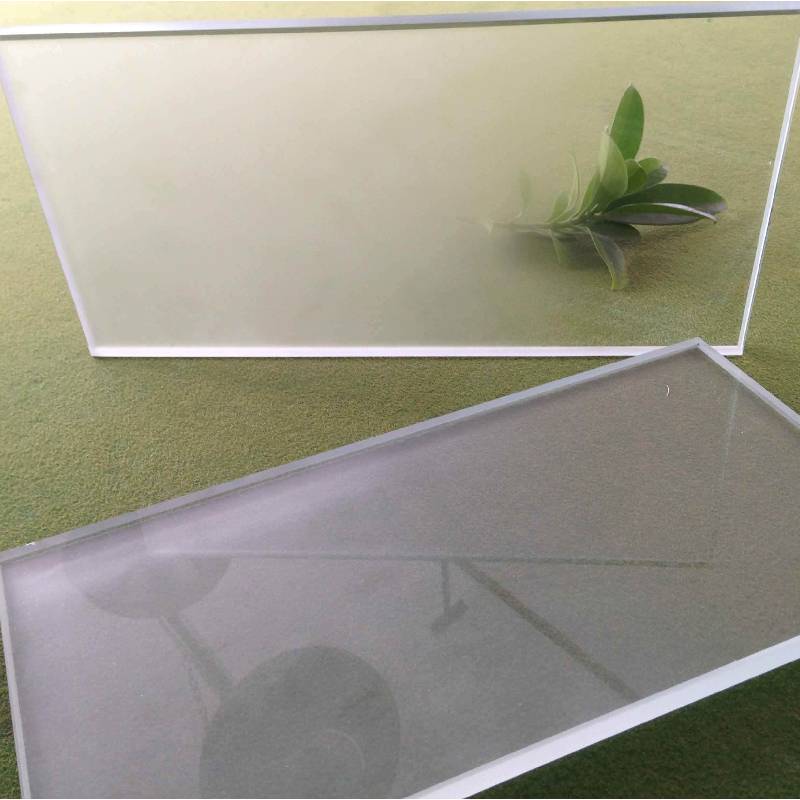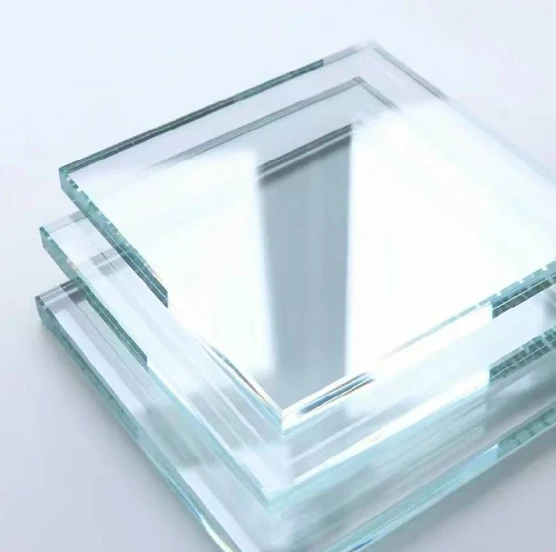Thick tempered glass has increasingly become a material of choice for a wide array of applications, from architectural feats to household items. Its robust construction, designed through an intricate heat-treating process, offers unparalleled strength and safety. With growing concerns over sustainability and innovative design in construction and product manufacturing, thick tempered glass stands out as a leader in material efficiency and aesthetic quality.

The journey of tempered glass starts with its heat treatment process. This involves heating the glass to over 600 degrees Celsius and then cooling it down rapidly. This process alters the internal structure of the glass, making it four to five times stronger than its regular counterpart. Such durability brings peace of mind to architects and homeowners alike, ensuring structural reliability even in high-stress environments.
When it comes to safety, thick tempered glass excels. Upon impact, rather than shattering into dangerous shards, it crumbles into relatively harmless granular pieces. This safety feature is why it is widely used in environments prone to accidents, such as shower doors, glass railings, and vehicle windows. Families, especially those with young children, can trust that incorporating tempered glass elements into homes can mitigate risks of severe injuries.

Beyond strength and safety, the aesthetic versatility of thick tempered glass is unmatched. With capacities to be tinted, patterned, or frosted, it allows designers and architects unprecedented freedom to innovate. The optical clarity of thick tempered glass enhances the luminosity and spaciousness of interiors, creating environments that are inviting and modern. Due to its non-porous nature, it resists staining and remains transparent and easy to clean, adding to its allure in kitchen and bathroom designs.
Industrially, thick tempered glass is a game-changer. Its resilience makes it suitable for environments with demanding conditions—think of manufacturing facilities where high temperatures and mechanical wear are commonplace. In such settings, tempered glass withstands the stress without cracking, ensuring productivity continues unhindered.
In outdoor applications, the credibility of thick tempered glass speaks volumes. It stands against harsh weathers, enduring storms, high winds, and torrential rains without compromising its integrity. For commercial buildings, this means added security and reduced long-term maintenance costs. Structures remain visually striking and safe, bolstering architectural reputation and client trust.
thick tempered glass
Eco-conscious companies and individuals are turning to thick tempered glass due to its sustainability. Made from abundant natural resources like sand, soda ash, and limestone, the glass is not only recyclable but also aids in energy efficiency. Buildings with large glass panels often require less artificial lighting, significantly cutting down on energy consumption over time.
The authoritative consensus from engineering and design experts positions thick tempered glass as a materials science marvel. Its usage aligns with contemporary values of safety, sustainability, and innovativeness. Companies leading the charge in sustainable construction have leveraged thick tempered glass to achieve milestones in LEED certification, a testament to its effectiveness in reducing carbon footprints and augmenting eco-friendly living spaces.
Given the trustworthiness of thick tempered glass, industries embracing digital advancement are also integrating it into technological innovations. From constructing robust smartphone screens to creating futuristic display panels, the possibilities with thick tempered glass in tech applications are boundless.
For consumers exploring options for home improvement—or for businesses considering materials for new projects—investigating suppliers of thick tempered glass can be a wise decision. Ensuring that glass materials meet international safety and quality standards guarantees the benefits of superior durability and safety are fully realized.
In conclusion, thick tempered glass embodies a blend of practical strength, aesthetic opportunity, and societal responsibility. Its ever-increasing applications across industries underscore its central role in modern-day innovation and design. As businesses and consumers become more conscious of their choices in materials, those opting for thick tempered glass find themselves at the forefront of durability paired with elegance, contributing to a legacy of safe, sustainable, and visually appealing environments.



